#Beauty / Hair
Explore tagged Tumblr posts
Text

US Vogue July 1959
Clairol Model Sunny Harnett
vogue archive
#us vogue#july 1959#beauty 50s#clairol#sunny harnett#vintage advertising#vintage vogue#publicité ancienne#beauty hair
12 notes
·
View notes
Text

double posting this comic bc tbh it deserves its own post.... thinking about how elphie was definitely crying after she runs off to hide somewhere following popular... what do the two of them think about afterwards....
#wicked#gelphie#character design#comic#thinking about how elphie ahs probably never been called beautiful by another human being before...#and that makes me want to pull my hair out#she's crying here because she's scared and in love#after glinda comes down from her popular high she does some of her own thinking.#like “why did i say that and actually mean all of it. what's happening to me”
11K notes
·
View notes
Text
autiful hair is often a reflection of good health, proper care, and an understanding of your unique hair type. Whether you’re aiming for glossy, straight locks, bouncy curls, or voluminous waves, maintaining beautiful hair requires a combination of effective hair care practices, proper nutrition, and protection against environmental stressors. This comprehensive guide will take you through each step of the process, ensuring that you can achieve and maintain the hair of your dreams.
1. Understand Your Hair Type and Its Needs
The foundation of any successful hair care routine lies in understanding your specific hair type. Hair type isn’t just about whether your hair is straight or curly; it also encompasses factors such as thickness, porosity, and elasticity. Here’s how to understand and cater to your hair type:
Straight Hair (Type 1):
Texture and Characteristics: Straight hair is smooth and tends to be shiny due to the way light reflects off the surface. However, it can also become oily quickly because the natural oils produced by the scalp can easily travel down the hair shaft.
Care Needs: Focus on lightweight products that won’t weigh your hair down. Volumizing shampoos and conditioners can help add lift. Avoid heavy oils and creams that can make straight hair appear greasy.
Wavy Hair (Type 2):
Texture and Characteristics: Wavy hair has an S-shaped pattern that lies somewhere between straight and curly. It can vary from loose, barely-there waves to more defined, beachy waves. This type is prone to frizz and can lack definition without proper care.
Care Needs: Use products that enhance waves without weighing them down. Anti-frizz serums or leave-in conditioners are helpful in maintaining smoothness and definition. Experiment with lightweight gels or mousses to find what best enhances your waves.
Curly Hair (Type 3):
Texture and Characteristics: Curly hair has a definite curl pattern that can range from loose curls to tight ringlets. It tends to be drier than straight or wavy hair because the natural oils struggle to move down the hair shaft.
Care Needs: Curly hair thrives on moisture. Use sulfate-free shampoos that don’t strip the hair of its natural oils. Condition regularly, and consider using a deep conditioner or hair mask weekly. Styling products like curl creams and gels help define curls and combat frizz.
Coily/Kinky Hair (Type 4):
Texture and Characteristics: Coily hair has tight curls or coils that often appear dense and full. It’s the most fragile of all hair types and is prone to dryness and breakage.
Care Needs: Moisture, moisture, moisture! This hair type benefits from thick, creamy conditioners and leave-in products that provide deep hydration. Protective styling, such as braids or twists, can help minimize breakage. Avoid harsh chemicals and excessive heat, which can lead to significant damage.
Tip: Understanding your hair’s porosity (how well it absorbs and retains moisture) and elasticity (how much it can stretch without breaking) can also help you choose the right products and treatments. Low-porosity hair may require lighter, water-based products, while high-porosity hair benefits from richer creams and oils.
2. Establish a Consistent and Tailored Hair Care Routine
Consistency is key when it comes to maintaining beautiful hair. A well-rounded hair care routine includes cleansing, conditioning, and protecting your hair, with additional treatments based on your specific needs.
Cleansing:
Washing Frequency: The frequency with which you wash your hair depends on your hair type and lifestyle. While straight hair might need washing every other day to control oil, curly and coily hair can often go longer between washes to preserve natural moisture.
Shampoo Selection: Choose a shampoo that caters to your hair type and addresses your specific concerns, such as dryness, oiliness, or color protection. Opt for sulfate-free shampoos to avoid stripping your hair of its natural oils.
Technique: When shampooing, focus on the scalp rather than the entire length of your hair. This helps cleanse the scalp effectively while preventing the hair itself from drying out. Use your fingertips (not nails) to gently massage the scalp, stimulating circulation and promoting hair growth.
Conditioning:
Daily Conditioning: After every shampoo, apply conditioner to the mid-lengths and ends of your hair to add moisture and help detangle. Leave the conditioner in for a few minutes before rinsing to allow it to penetrate the hair shaft.
Deep Conditioning: For an extra boost of hydration, incorporate a deep conditioning treatment or hair mask into your routine once a week. These treatments are especially beneficial for dry, damaged, or chemically treated hair. Look for masks containing ingredients like shea butter, argan oil, or keratin to repair and strengthen your hair.
Leave-In Conditioners: For added moisture and protection, consider using a leave-in conditioner. This is especially useful for curly and coily hair types, as it helps maintain moisture and definition throughout the day.
Detangling:
Tools and Techniques: Detangling should be done with care to prevent breakage. Use a wide-tooth comb or a detangling brush, starting from the ends and working your way up to the roots. This method reduces strain on your hair and prevents damage.
Wet vs. Dry Detangling: While wet hair is more fragile and prone to breakage, it can be easier to detangle when wet if you use the right products. Apply a leave-in conditioner or detangling spray to provide slip and reduce friction.
Heat Protection:
Importance of Protection: Regular use of heat styling tools, such as blow dryers, straighteners, and curling irons, can cause significant damage over time. Heat protectants create a barrier between your hair and the heat, minimizing the risk of damage.
Product Application: Before using any heat styling tools, apply a heat protectant spray or serum evenly throughout your hair. Focus on the mid-lengths and ends, which are more susceptible to damage. For best results, let the product dry before applying heat.
Tip: Always finish your hair care routine with a serum or oil, especially if you have frizzy or dry hair. This adds shine, seals in moisture, and helps control frizz throughout the day.
3. Nourish Your Hair from the Inside Out
The health of your hair is closely tied to the health of your body. A well-balanced diet rich in essential nutrients can promote stronger, shinier, and more resilient hair.
Protein:
Role in Hair Health: Hair is made up of keratin, a type of protein. Consuming adequate protein is crucial for hair growth and repair. Protein deficiency can lead to weak, brittle hair and even hair loss.
Sources: Incorporate lean meats, fish, eggs, dairy, legumes, and plant-based proteins into your diet to ensure your body has the building blocks it needs for healthy hair.
Omega-3 Fatty Acids:
Role in Hair Health: Omega-3 fatty acids are essential fats that help nourish hair follicles, support scalp health, and add shine to your hair. They also have anti-inflammatory properties that can prevent hair loss caused by inflammation.
Sources: Fatty fish like salmon, mackerel, and sardines are rich in omega-3s. If you’re vegetarian or vegan, flaxseeds, chia seeds, walnuts, and algae oil are excellent plant-based sources.
Vitamins and Minerals:
Biotin (Vitamin B7): Biotin is a B-vitamin that plays a crucial role in hair health by supporting the production of keratin. A deficiency in biotin can lead to thinning hair or hair loss.
Vitamin D: Vitamin D is vital for hair follicle health. A deficiency can disrupt the hair growth cycle, leading to thinning or hair loss. The body synthesizes vitamin D through sunlight exposure, but it’s also found in fortified foods, fatty fish, and eggs.
Iron: Iron is essential for carrying oxygen to your hair follicles. An iron deficiency, particularly in women, can lead to anemia and hair loss. Iron-rich foods include red meat, spinach, lentils, and fortified cereals.
Zinc: Zinc plays a role in hair tissue growth and repair. It also helps keep the oil glands around hair follicles working properly. Oysters, meat, beans, and nuts are good sources of zinc.
Hydration:
Importance: Hydration is key for overall health, including the health of your hair. Water is essential for maintaining the moisture balance in your scalp and hair, preventing dryness and brittleness.
Daily Intake: Aim to drink at least 8 glasses of water a day. If you live in a hot climate, exercise regularly, or have a fast metabolism, you may need more. Staying well-hydrated supports all the body’s functions, including healthy hair growth.
Tip: Consider supplementing your diet with hair vitamins or supplements that contain a blend of biotin, vitamins A, C, and E, zinc, and omega-3s, especially if you suspect your diet might be lacking in these nutrients.
4. Choose the Right Products for Your Hair Type
Using the right hair care products tailored to your hair type and concerns is crucial for achieving beautiful hair. With so many products on the market, it can be overwhelming to choose the right ones. Here’s how to select the best products for your needs:
Shampoo and Conditioner:
Volumizing: Designed for fine or limp hair, volumizing shampoos and conditioners add lift and fullness without weighing hair down. They often contain lightweight ingredients that don’t leave residue.
Moisturizing: Best for dry, damaged, or curly hair, moisturizing shampoos and conditioners infuse hair with much-needed hydration. Look for ingredients like shea butter, coconut oil, and glycerin.
Color-Protecting: If you color your hair, using a color-protecting shampoo and conditioner can help maintain the vibrancy of your color and prevent fading. These products are typically sulfate-free and contain UV filters to protect against sun damage.
Clarifying: Over time, hair can accumulate buildup from styling products, hard water, and environmental pollutants. Clarifying shampoos provide a deep cleanse that removes this buildup. However, they should be used sparingly (once a week or bi-weekly) to avoid stripping hair of its natural oils.
Hair Masks and Treatments:
Hydration Masks: These masks are packed with moisturizing ingredients like argan oil, coconut oil, and avocado oil, which penetrate deep into the hair shaft to repair and hydrate. Use them once a week for best results.
Protein Treatments: If your hair is weak, brittle, or chemically treated, protein treatments can help restore strength by reinforcing the hair structure. However, overuse can lead to stiffness, so balance protein treatments with moisturizing products.
Scalp Treatments: A healthy scalp is the foundation for healthy hair. Scalp treatments can address issues like dandruff, excess oil production, or sensitivity. Ingredients like tea tree oil, salicylic acid, and peppermint are commonly used to promote a healthy scalp.
Styling Products:
Mousse: Adds volume and texture, making it ideal for fine hair that needs a boost. Mousse is lightweight and provides hold without making hair stiff.
Curl Creams: Curl creams define and enhance natural curls while controlling frizz. They usually contain moisturizing ingredients that hydrate curls and provide hold without crunchiness.
Serums and Oils: Hair serums and oils add shine, tame frizz, and protect against environmental damage. Use sparingly to avoid weighing down hair, especially if you have fine hair. For thicker or curly hair, more generous application can help with hydration and shine.
Dry Shampoo: Perfect for refreshing hair between washes, dry shampoo absorbs excess oil and adds texture. It’s a lifesaver for extending the life of a blowout or adding volume to second-day hair.
Tip: Regularly rotate or alternate your hair products to prevent your hair from becoming too accustomed to a particular product, which can lead to buildup or diminished effectiveness.
5. Regular Trims and Haircuts: The Key to Healthy Hair
Trimming your hair regularly is crucial for maintaining its health and preventing split ends from traveling up the hair shaft, which can cause further damage.
Frequency of Trims:
Every 6-8 Weeks: For most hair types, getting a trim every 6-8 weeks is ideal for keeping the ends healthy and preventing split ends. This is especially important for those with long hair, as the ends are older and more prone to damage.
Short Hair: Short hairstyles require more frequent trims to maintain their shape. If you have a pixie cut or bob, you may need to visit the salon every 4-6 weeks to keep the style looking fresh.
Choosing the Right Haircut:
Face Shape Considerations: Your face shape plays a significant role in determining which haircut will be most flattering. For instance, long layers can soften a square face, while a blunt bob can enhance the angles of a heart-shaped face.
Hair Type Considerations: Your haircut should also complement your hair type. For example, layers can add movement to thick hair, while a blunt cut can give fine hair the illusion of fullness. Discuss your hair type with your stylist to choose a cut that works best for you.
Tip: Don’t be afraid to experiment with different styles and lengths. A good stylist can guide you in finding a cut that suits your lifestyle, face shape, and hair type.
6. Protect Your Hair from Damage
Environmental factors, styling habits, and even how you handle your hair daily can contribute to damage. Protecting your hair is essential to maintaining its health and beauty.
Sun Protection:
UV Damage: Just like your skin, your hair can suffer from UV damage. Prolonged sun exposure can lead to dryness, brittleness, and color fading in dyed hair.
Protective Measures: Use hair products that offer UV protection, especially if you spend a lot of time outdoors. Alternatively, wearing a hat or scarf can shield your hair from the sun’s harmful rays.
Chlorine and Saltwater:
Damage Risk: Chlorine from pools and saltwater from the ocean can strip your hair of its natural oils, leaving it dry, brittle, and prone to breakage.
Pre-Swim Protection: Before swimming, wet your hair with fresh water and apply a leave-in conditioner or hair oil. This creates a protective barrier that minimizes chlorine and saltwater absorption. After swimming, rinse your hair thoroughly with clean water and follow up with a moisturizing shampoo and conditioner.
Sleep Care:
Friction Damage: Cotton pillowcases can cause friction that leads to breakage, tangles, and frizz. This is particularly problematic for curly and coily hair types, which are more fragile.
Protective Measures: Switch to a silk or satin pillowcase to reduce friction. If you have long hair, consider loosely braiding it or putting it up in a soft bun to prevent tangling and breakage overnight.
Tip: Be mindful of how you style your hair daily. Tight ponytails, braids, or buns can cause stress on your scalp and hair follicles, leading to breakage and traction alopecia. Opt for looser styles and use soft, fabric-covered hair ties instead of rubber bands.
7. Embrace Natural Hair and Low-Heat Styling
Heat styling can create beautiful results, but frequent use can lead to damage over time. Embracing your natural hair texture and experimenting with low-heat styling methods can help maintain your hair’s health.
Air Drying:
Benefits: Allowing your hair to air dry minimizes heat exposure, reducing the risk of damage. It also helps retain your hair’s natural moisture, resulting in softer, shinier hair.
Air-Drying Techniques: After washing, gently blot your hair with a microfiber towel or an old T-shirt to remove excess water. Apply a leave-in conditioner or styling cream to damp hair and allow it to air dry naturally. For added texture, scrunch your hair while it’s drying or twist sections for natural waves.
Heat-Free Styling Methods:
Braids and Twists: Braiding your hair or twisting it before bed can create natural waves or curls without the need for heat. These styles are also protective, reducing the risk of tangles and breakage.
Foam Rollers and Flexi Rods: These tools allow you to create curls and waves without using heat. Simply roll your damp hair onto the rollers or rods, let it dry, and then remove them to reveal bouncy curls.
Bantu Knots: Another heat-free method, Bantu knots can be used to create tight, springy curls. After twisting your hair into small sections and securing them into knots, let them dry overnight. In the morning, unravel the knots for beautifully defined curls.
Protective Styles:
Why It’s Important: Protective styles like braids, twists, and buns help minimize manipulation and shield your hair from environmental factors, reducing the risk of breakage and promoting healthy growth.
Maintaining Protective Styles: Ensure your protective style is not too tight, as this can lead to tension and damage. Keep your scalp clean and moisturized while in a protective style, and give your hair a break between styles to prevent stress on your hair and scalp.
Tip: When using heat styling tools, invest in high-quality devices with adjustable temperature settings. Always start with the lowest effective temperature and use heat sparingly to avoid damage.
0 notes
Text

#long hair#love#lovers#couple#romantic couple#black hair#black stories#black girl aesthetic#black girl magic#black girl beauty#black girl moodboard#brown girls#black woman magic#black women#black woman beauty#soft girl#soft aesthetic#white#touch#passion
10K notes
·
View notes
Text

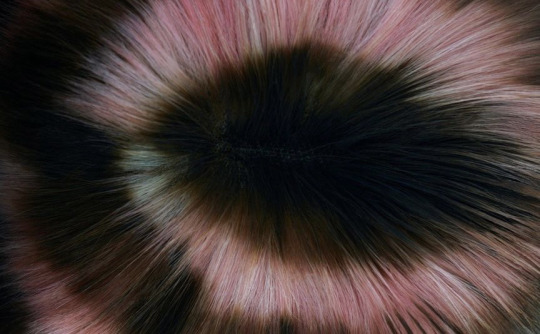
Hair by Evanie Frausto
7K notes
·
View notes
Text
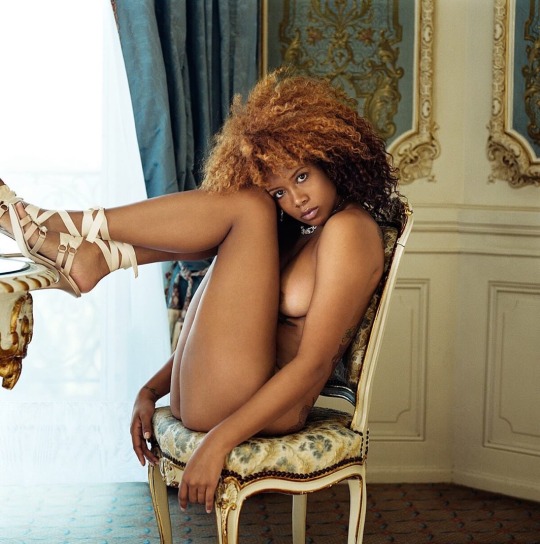
Kelis
#fashion#makeup#foryou#black beauty#natural hair#black girl magic#black girl moodboard#kelis#black feminism#black feminine#black girls rock#black is beautiful#black women#black tumblr#soft black girls#black girl aesthetic#black girl luxury#black girls of tumblr#black girl fashion#black girl beauty#black girls are beautiful#expensive taste#expensive#luxury#luxurious#fashion style#ebony babe#soft aesthetic#soft black women#luxury aesthetic
13K notes
·
View notes
Text

#big breasted girl#big breasted women#black hair#black girl moodboard#black magic#black natural beauty#natural body#huge natural breasts#big natural breasts#natural hair#black women#black woman magic#love black women#black beauty#melanin#black tumblr#black girl aesthetic#black girl fitspo#black girls of tumblr#so hot and sexy#black love#black girl magic#black girl next door#black girls are beautiful#black girl beauty#ebony#female#sexy and beautiful#sexy chick#sexy babygirl
4K notes
·
View notes
Text
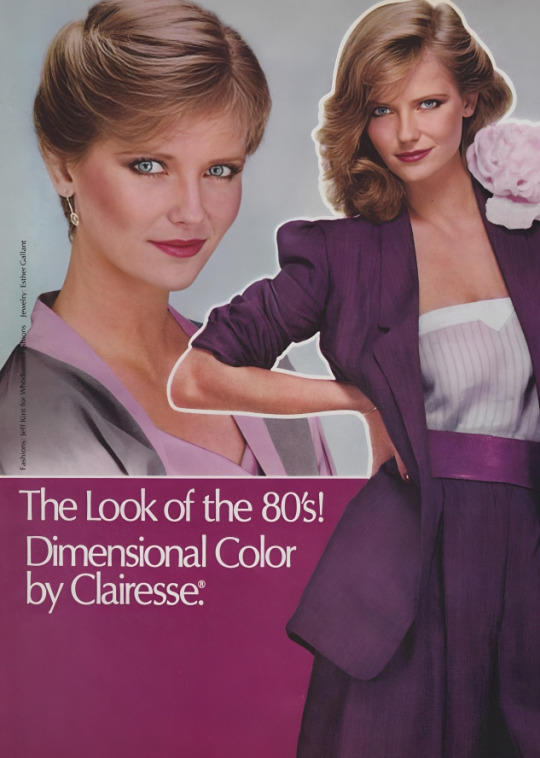

US Vogue May 1980
Clairesse
Model/Modèle : Cheryl Tiegs Photo : unknown/inconnu
vogue archive
#us vogue#may 1980#beauty 80s#1980#beauty products#produits de beauté#clairesse#beauty hair#coloration#coloring#cheryl tiegs#advertising#publicité
4 notes
·
View notes
Text
Divine locks
Divine Locks: A Godsend for My Hair!
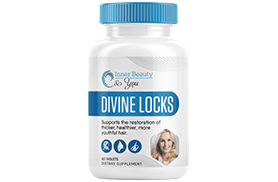
I've tried countless hair products over the years, but none have quite lived up to the hype. That is, until I discovered Divine Locks. This wonder product has transformed my hair from dull and lifeless to luscious and locks like royalty (well, maybe not royalty, but definitely deserving of a crown!).
Farewell to Frizz, Hello Shine!
For as long as I can remember, frizz has been my hair's nemesis. No matter what styling products I used, the humidity would win every time. However, Divine Locks has been a game-changer. Since incorporating it into my routine, my hair has become noticeably smoother and more manageable. The frizz is finally under control, leaving me with a polished, healthy-looking mane.
Strength and Shine in Every Strand
Divine Locks isn't just about taming frizz; it also nourishes and strengthens my hair. My once-brittle strands feel stronger and more resilient. The product also adds a beautiful shine that makes my hair look positively radiant. I can finally embrace my natural waves without worrying about them looking dry or damaged.
A Luxurious Experience
Using Divine Locks is a luxurious experience in itself. The product has a beautiful scent that lingers in my hair long after application. It also applies smoothly and evenly, leaving no greasy residue behind. Plus, a little goes a long way, so the bottle is sure to last.
Divine Locks: Worth Every Penny
If you're looking for a hair product that truly delivers on its promises, look no further than Divine Locks. It may seem a bit on the pricier side, but trust me, it's worth every penny. My hair has never looked or felt better, and I finally feel confident rocking my natural style. I highly recommend Divine Locks to anyone seeking healthier, shinier, and more manageable
#Divine locks#Divine locks hair supplement#Hair treatment#Hair growth#Hair nourishment#Hair care#Strong hair#Long hair#Shine hair#Beauty hair#All remedies for hair#Hair follicle#Anti hairfall#Divine gift#Natural hair treatment#Natural hair growth#artists on tumblr#barbie#michael cera#Hair stronger&longer#Hair strethening
0 notes
Text






Black Girl Hairstyles | French Roll
#french roll#black girl hair#black girl hairstyles#black women hair#black women hairstyles#hairstyle#hair ideas#hair inspo#feminine beauty#feminine aesthetic#black femininity#black girl femininity#black women femininity#black girl moodboard#black girl aesthetic#black women moodboard#black women aesthetic#beautiful black girl#black girl beauty#beautiful black women#black women beauty#soft black girls#soft black women#black girl inspo#black girls of tumblr#black girl tumblr#black tumblr#black beauty#black girls are beautiful#black girl
4K notes
·
View notes
Text

6K notes
·
View notes
Text

Afro Queen
#afro#natural hair#coily hair#curly hair#big hair#big curls#girls with curls#curlygirl#ya ya#photo#photograph#october#fall vibes#fall#toya's tales#style#toyastales#toyas tales#art#fashion photoshoot#fashion photography#black model#black culture#black woman beauty#black woman appreciation#black woman magic#black women#afro queen#ebony queen#queen
5K notes
·
View notes
Text
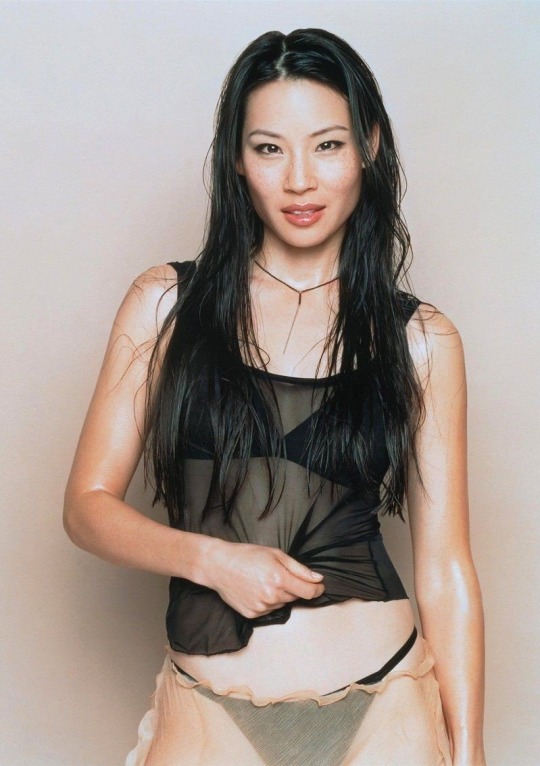

Lucy Liu for Detour Magazine (2000)
15K notes
·
View notes
Text
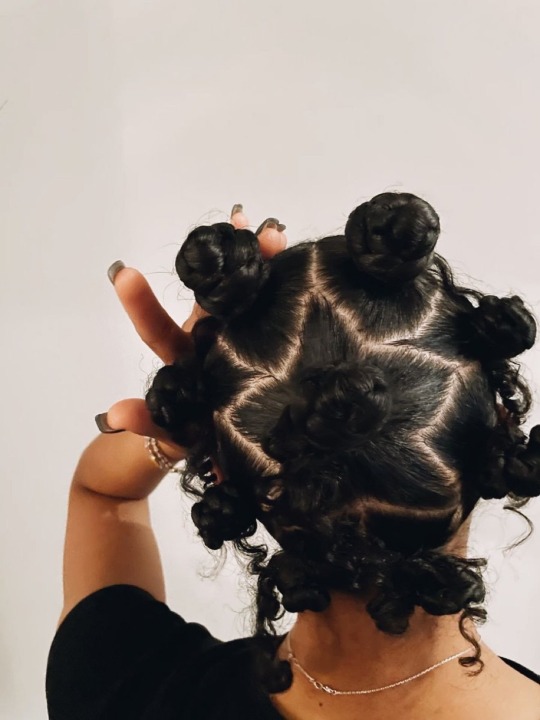
ART
#fashion#makeup#black beauty#black girl magic#natural hair#afro hair#black girls rock#black feminism#black femininity#black is beautiful#black women#black tumblr#soft black girls#black girl aesthetic#black girl luxury#black girls of tumblr#black girl fashion#black girl beauty#black girls are beautiful#black girl moodboard#classy black women#melanin#expensive taste#expensive#luxurious#luxury aesthetic#street style#streetwear#fashion style#soft black women
12K notes
·
View notes
Text
Natural gray hair is so beautiful to me. 😍🩶
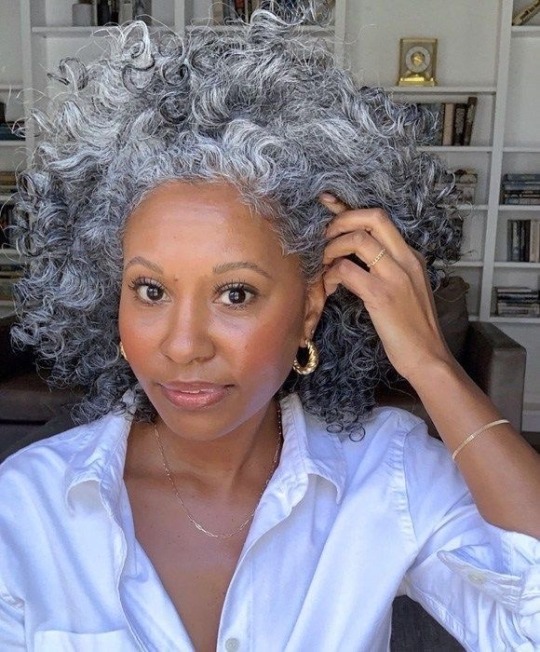


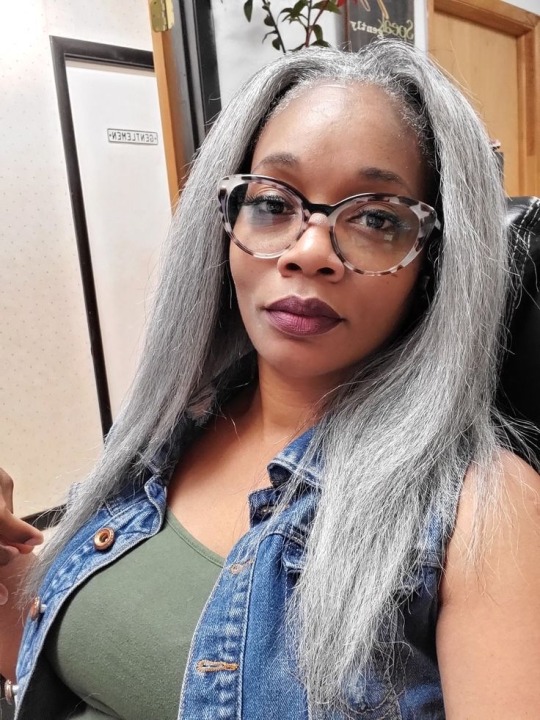
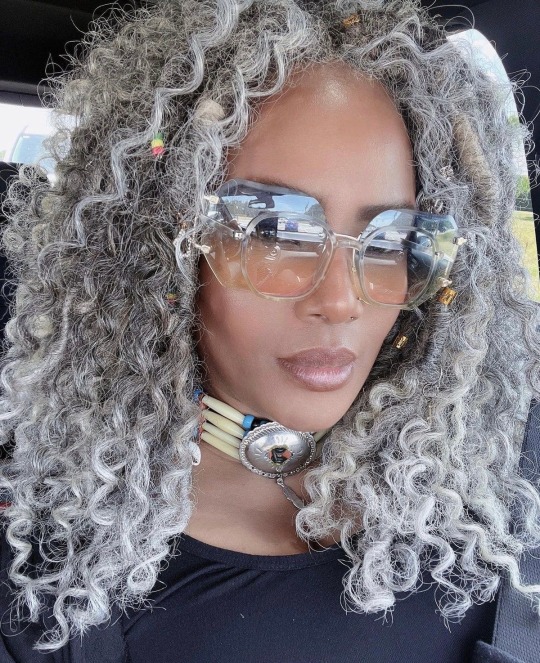

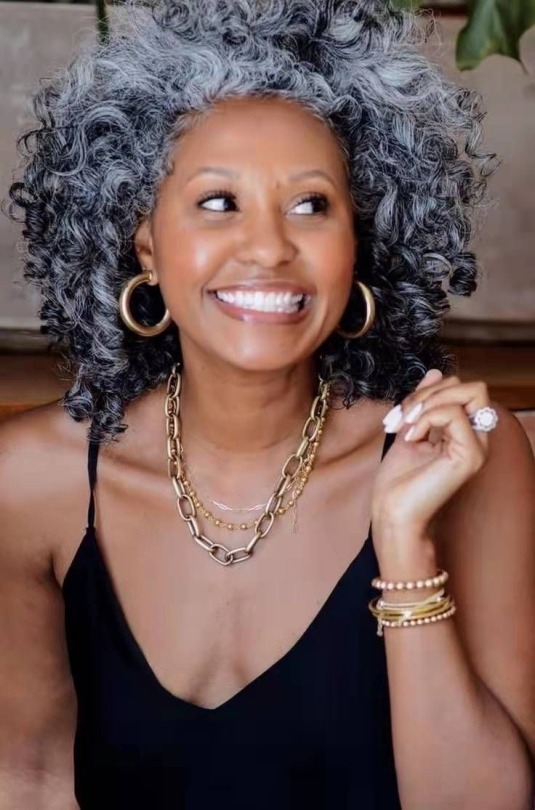
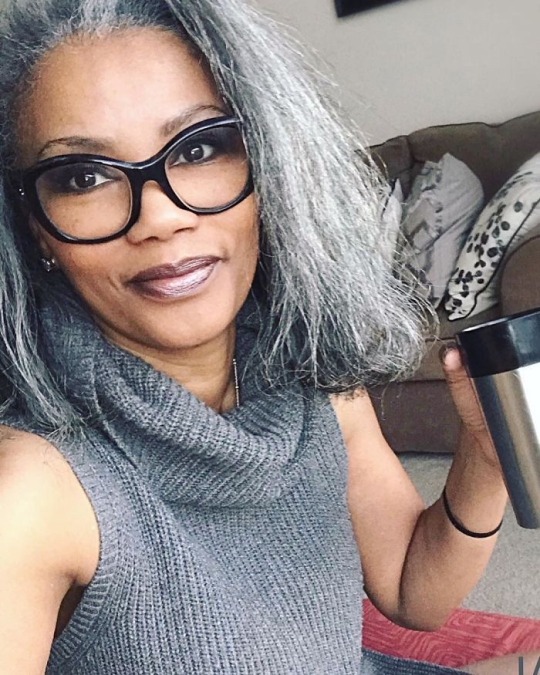
#black tumblr#aesthetic#aesthetics#black aesthetic#source: pinterest#black women#pinterest#black women aesthetic#brown women#gray hair#hair inspo#hair aesthetic#natural hair aesthetic#brown woman#natural hair#black women hair#brown women hair#black beauty#black women beauty
19K notes
·
View notes